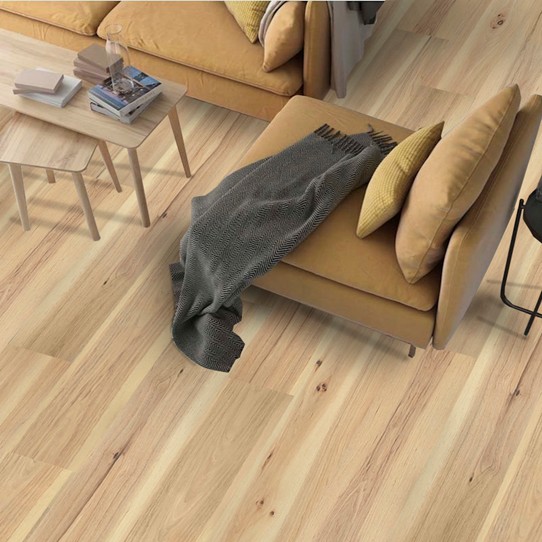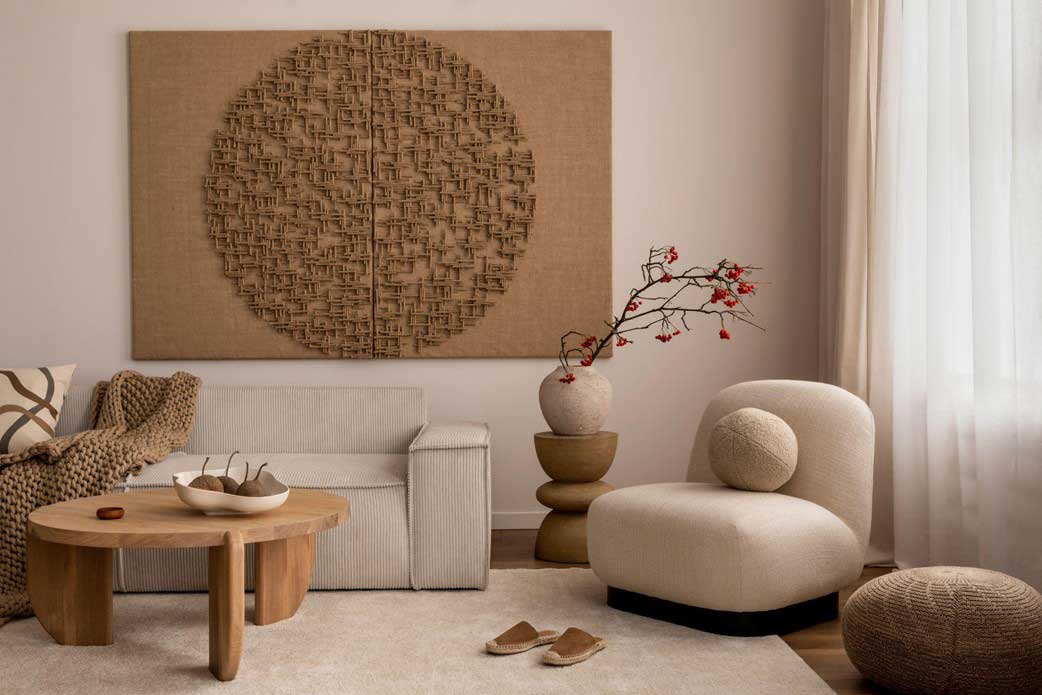In this article we compare the benefits and distinctive qualities of porcelain and ceramic tiles to make an informed choice for your flooring needs.

When it comes to choosing between porcelain tiles and ceramic tiles, the decision can be tricky. At Western Distributors, we know it’s not just about aesthetics it’s also about durability, functionality, and cost. In this post, we’ll compare the two to help you decide which is best for your space. Spoiler: both have their strengths.
Porcelain Tiles: Porcelain is made from denser clay and fired at higher temperatures, making it tougher and less porous than ceramic. This makes porcelain tiles incredibly durable, resistant to water, and perfect for areas that experience heavy foot traffic or moisture exposure, such as bathrooms, kitchens, and even outdoor spaces. Its non-porous nature also makes it highly resistant to staining, making maintenance a breeze.
Ceramic Tiles: Conversely, ceramic tiles are produced using less refined clay and are fired at lower temperatures, resulting in a more porous and less dense material compared to porcelain. While still robust, ceramic is softer and easier to cut, making it a more flexible option for intricate designs or smaller spaces. Ceramic tiles are often more affordable due to their simpler manufacturing process, and they are ideal for areas like walls, low-traffic floors, or decorative features where extreme durability isn’t as crucial.
Porcelain Durability: When it comes to withstanding daily wear and tear, porcelain tiles are the clear winner. With their dense structure and moisture resistance, porcelain tiles resist scratches, stains, and heavy impacts. This makes them an excellent choice for high-traffic areas such as hallways, living rooms, or even commercial settings where durability is a top priority. Additionally, their weather-resistant properties make porcelain suitable for outdoor applications, where exposure to the elements could quickly degrade other materials.
Ceramic Durability: Ceramic tiles are sturdy, although they work best in low-traffic areas. Ceramic is less dense than porcelain, making it more susceptible to chipping or cracking with heavy use. That said, ceramic tiles still offer considerable strength for spaces like bathroom walls or backsplashes, where heavy foot traffic or constant impacts aren’t a concern. Their slightly softer nature also allows for easier repair or replacement when compared to porcelain.
Porcelain Cost: Porcelain tiles cost more upfront but offer lasting value due to their durability and low maintenance. They need less frequent repairs and replacements, saving money over time. For homeowners who prioritise longevity and minimal upkeep, porcelain is a wise investment, particularly in high-traffic or outdoor spaces where tiles need to stand up to constant use and exposure.
Ceramic Cost: In contrast, ceramic tiles are more affordable, making them ideal for covering large areas cost-effectively. While they may not last as long as porcelain, they are perfect for spaces where extreme durability isn’t required, such as guest bathrooms or kitchen backsplashes. The lower cost of ceramic also makes it easier to experiment with different styles and patterns without committing to a significant financial investment.
Porcelain Installation: Due to its hardness, porcelain requires specialised tools and expert skills to install properly. This can increase the installation cost and time, especially for intricate layouts or larger spaces. Porcelain’s density makes it difficult to cut, so professional installation is often recommended to avoid errors or damage during the process. However, once installed, porcelain offers unparalleled durability that can stand the test of time.
Ceramic Installation: Ceramic tiles, being softer and easier to work with, are more suited for DIY installations. They are easier to cut and shape, making them an ideal choice for smaller projects or intricate patterns. This ease of installation can save both time and money, particularly if you plan to take on the project yourself. However, while ceramic is simpler to install, it may not offer the same longevity as porcelain, especially in high-use areas.
Porcelain Design Versatility: Porcelain tiles often mimic natural materials like marble, granite, or wood, giving them a luxurious and high-end appearance. Their ability to replicate these materials while maintaining their durable, low-maintenance nature makes porcelain tiles a popular choice for homeowners looking to add an elegant touch to their spaces. From polished finishes to textured surfaces, porcelain can seamlessly fit into both traditional and modern interiors.
Ceramic Design Versatility: Ceramic tiles provide a versatile option with various colours, patterns, and finishes for creative design. From bold, decorative tiles for a feature wall to subtle, neutral tones for a minimalist design, ceramic tiles provide countless options for expressing individual style. Additionally, ceramic tiles often have more decorative patterns, making them perfect for those seeking a more artistic or intricate design in their home.
Choosing between porcelain and ceramic tiles depends on your needs and where the tiles will be installed. Porcelain tiles are the go to choice for high-traffic and outdoor areas, while ceramic tiles offer an affordable and versatile option for walls and less frequented spaces. Need help choosing the right tile for your next project? Get in touch with us today. Our experts are here to guide you through every step of the process.
Yes, porcelain tiles are more resistant to moisture and extreme temperatures, making them ideal for outdoor applications like patios and garden paths.
Ceramic tiles are perfect for low-traffic areas like walls and bathrooms. However, for high-traffic spaces, porcelain offers greater durability.
Yes, due to their density and hardness, porcelain tiles require specialised tools and expertise for installation. Ceramic tiles are typically easier to install.
No, porcelain tiles are low-maintenance due to their resistance to stains and scratches. Regular cleaning with water and a mild detergent is usually enough.
Absolutely. Ceramic tiles are a great option for kitchen backsplashes, offering a wide range of design possibilities and being easy to clean.
Ceramic tiles are generally more affordable upfront, but porcelain tiles offer better value over time due to their longer lifespan and durability.

Flooring has evolved from a purely practical element into a defining feature of design, longevity, and environmental responsibility. At Western Distributors, we’re seeing Australian homeowners and designers lean into flooring that blends innovation with timeless appeal. Whether renovating or building from scratch, staying ahead of these key trends ensures spaces remain both modern and liveable. This article explores the five most prominent flooring trends shaping Australia’s interior landscape.
Read more
Choosing the perfect rug is more than a design decision; it’s an essential step in creating visual harmony. At Western Distributors, we understand that a rug acts as a bridge between flooring and furniture, binding the elements of a room together. From sleek modern spaces to warm traditional interiors, matching rugs with flooring and furniture […]
Read more
The right rug not only complements a space but also elevates its overall character and atmosphere. At Western Distributors, we understand that every rug tells a story, anchors your style, and adds personality to your space. Whether you’re layering textures, defining zones, or simply seeking warmth underfoot, selecting the right rug is both a creative […]
Read more